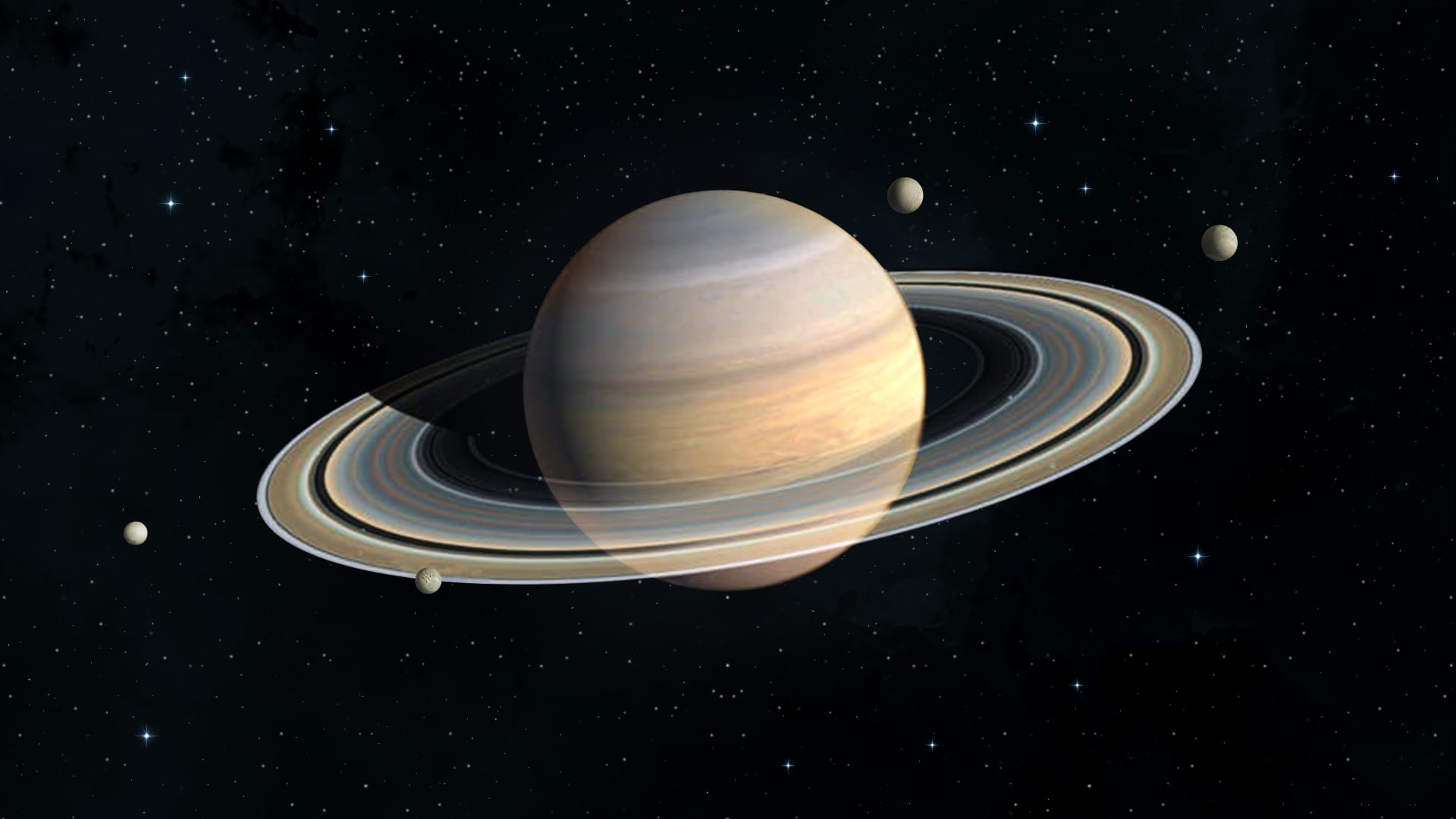Welcome to Learn to Astronomy! In this article, we will explore the immense power of Saturn. From its breathtaking rings to its powerful gravitational pull, Saturn is a celestial wonder that continues to captivate astronomers around the world. Join us as we delve into the secrets and wonders of this magnificent planet.
Exploring Saturn’s Mighty Power: Unveiling the Dynamic Forces at Play in Astronomy
Exploring Saturn’s Mighty Power: Unveiling the Dynamic Forces at Play in Astronomy
Saturn, the sixth planet from the Sun and the second-largest in our solar system, is a mighty celestial body that has captivated astronomers for centuries. With its iconic rings and numerous moons, Saturn offers a wealth of mysteries to unravel and lessons to learn about the forces at play in astronomy.
One of the key areas of interest is Saturn’s dynamic atmosphere. The planet’s thick layers of gases, primarily composed of hydrogen and helium, create a unique environment that is constantly in motion. Strong winds, reaching speeds of up to 1,800 kilometers per hour (1,100 miles per hour), sweep across Saturn’s surface, shaping its clouds and creating mesmerizing storms that can last for years.
Observing these atmospheric phenomena allows astronomers to gain insight into the complex interplay of forces that govern Saturn’s weather patterns. By studying the movement and composition of the clouds, scientists can better understand the role of convection, turbulence, and other atmospheric dynamics in shaping the planet’s climate.
Another intriguing aspect of Saturn’s power lies in its magnetic field. Like Earth, Saturn possesses a magnetic field, but it is significantly stronger. This robust magnetic field extends far into space, creating a magnetosphere that envelops the entire planet and interacts with the solar wind. The interaction between Saturn’s magnetic field and the charged particles from the Sun produces a plethora of fascinating phenomena, such as the auroras observed near the planet’s poles.
By studying Saturn’s magnetic field, astronomers can explore how magnetic fields influence planetary atmospheres and their interactions with the surrounding environment. This knowledge contributes to our understanding of not only Saturn but also other magnetized celestial bodies throughout the universe.
Saturn’s rings, arguably the most iconic feature of the planet, also hold important clues about the dynamic forces at play in astronomy. These rings consist of countless individual particles, ranging in size from tiny grains to large boulders, all orbiting Saturn in a flat plane. The forces of gravity and orbital mechanics govern the delicate balance of these particles, creating intricate patterns and revealing insights into the formation and dynamics of planetary ring systems.
Studying Saturn’s rings provides valuable information about the processes that lead to the formation of planetary systems and how they can evolve over time. It allows astronomers to examine the effects of gravitational interactions, collisions, and other factors that shape the structure and behavior of celestial bodies.
In conclusion, exploring Saturn’s mighty power unveils the dynamic forces at play in astronomy. By studying its atmosphere, magnetic field, and rings, astronomers gain invaluable knowledge about the intricate processes that govern our universe. Saturn serves as a striking example of the captivating phenomena that can be observed and studied within the field of astronomy.
How Many Earths Can Be Put On The Saturn’s Ring? | Planet Size Comparison
[arve url=”https://www.youtube.com/embed/lawbPCEJY3k”/]
What If You Jumped Into Saturn’s Rings?
[arve url=”https://www.youtube.com/embed/8SgtXNftOEM”/]
Frequent questions
In conclusion, Saturn holds a unique and powerful position in the realm of Astronomy. Its distinct rings, remarkable size, and fascinating moons make it a captivating celestial body to study. With its immense gravitational pull, Saturn has the ability to influence neighboring celestial objects and shape their orbits. The intricate dynamics within its ring system provide valuable insights into the formation and evolution of planetary systems. Furthermore, studying Saturn’s atmosphere allows scientists to better understand and compare the atmospheric compositions of other gas giant planets. As we continue to explore the mysteries of our universe, Saturn remains a prominent subject of research and discovery, enriching our understanding of the cosmos.

